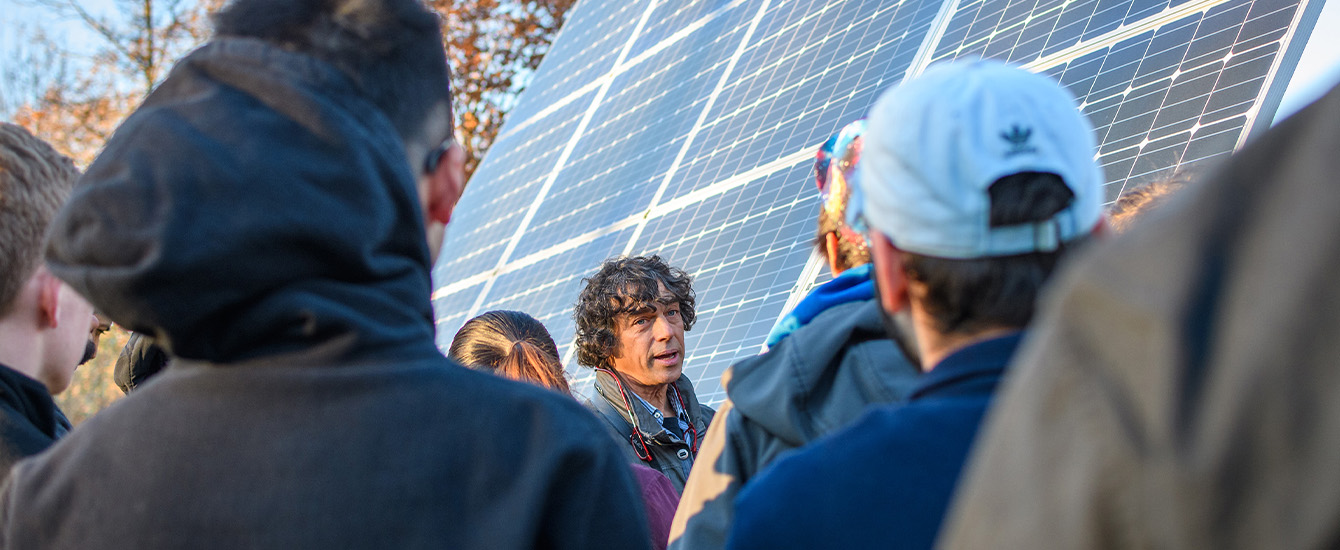Physics
Red Blood Cell Shapes and Shape Transformations: Newtonian Mechanics of a Composite Membrane
Document Type
Book Chapter
Abstract
The normal human red blood cell has at equilibrium the shape of a flattened biconcave disc about 8 μm in diameter. A variety of chemical and physical stresses cause the normal red cell to deform in a systematic and universal way to form, on the one hand, invaginated shapes called "stomatocytes" and, n the other, spiculated shapes called "echinocytes." This series of shapes is alled the stomatocyte-discocyte-echinocyte or SDE sequence. It is now believed that the SDE sequence is largely controlled by a single mechanical parameter hich specifies the extent to which the cell membrane prefers a concave or convex shape. This mechanism, first proposed by Sheetz and Singer n 1974, is called the bilayer-couple hypothesis. To understand the SDE sequence and to test the bilayer-couple hypothesis it is necessary to understand the structure of the red-cell membrane and to model it in terms of thevariables which characterize its mechanical properties. The red-cell membrane is a composite structure consisting of a fluid-bilayer plasma membrane closely associated on the cytosolic side with an elastic protein network called the membrane skeleton. The plasma membrane resists bending but has no shear resistance. The membrane skeleton is comparatively soft but resists both stretch and shear deformation. To elucidate the shapes and shape transformations of the red cell it is necessary to understand the mechanics of these fluid and elastic membranes, both separately and in their composite state. This article reviews red-cell mechanical properties and equilibrium membrane mechanics and then applies this material to the problem of modeling the red cell and understanding the SDE sequence. The motivation for such review is the fact that, although the basic experimental facts have been nown for more than sixty years and the membrane mechanics have been understood at a conceptual level for about thirty years, until recently it has not been possible reliably to compute cell shapes more complicated than he discocyte and, thus, to test in detail the bilayer-couple hypothesis andto reproduce the full range of SDE shapes. Although some of this work has lready appeared in the professional literature, a full exposition has not been available and many of the results presented here are new. Following an introductory section, which gives an overview of the field, Sections 2.2-2.4 review what is known about the mechanical properties of the red cell and how to model its equilibrium shape in terms of membrane mechanics. Section 2.5 describes the Monte Carlo technique we use for solving the shape equations. Detailed results for the model red-cell shapes which result from these calculations are presented in Section 2.6. Finally, in Sections 2.7 and 2.8, these predictions are compared with observations.We show that, using a reasonable choice of mechanical parameters, it is now possible to produce from membrane mechanics the full SDE sequence plus certain other unusual red-cell shapes, several of which have been observed. he presentation is designed to be pedagogical and might be used as the basis for a minicourse on red-cell shapes and membrane mechanics. Section .1 summarizes the problem and the results. Section 2.2 gives biological background on red-cell structure and shape phenomenology. Section 2.3 provides background on membrane-shape energetics. Section 2.4 is a primer on quilibrium membrane-shape mechanics, including both fluid and elastic components. Additional important but more-technical background is provided in a series of linked Appendices. Appendix A summarizes what is known about the important mechanical parameters of the red cell and its membrane. Appendix B gives a symmetry-based discussion of the terms which appear in the membrane Hamiltonian, including an introduction to wo-dimensional elastic theory. Appendix C provides a derivation and summary f results from di=erential geometry that are needed to formulate the mechanics of curved membranes in a convenient and fluid manner. Appendix D provides details of membbran-mechanical calculations for results quoted in Section 2.4 but too technical to present in the main text. An extensive ibliography is included.
Publication Title
Soft Matter: Lipid Bilayers and Red Blood Cells
Publication Date
4-22-2009
Volume
4
First Page
83
Last Page
139
ISBN
9783527315024
DOI
10.1002/9783527623372.ch2a
Keywords
cell membrane structure, membrane energetic, membrane shape mechanics, red blood cell shapes, shape transformations
Repository Citation
Lim H. W., Gerald; Wortis, Michael; and Mukhopadhyay, Ranjan, "Red Blood Cell Shapes and Shape Transformations: Newtonian Mechanics of a Composite Membrane" (2009). Physics. 157.
https://commons.clarku.edu/faculty_physics/157



